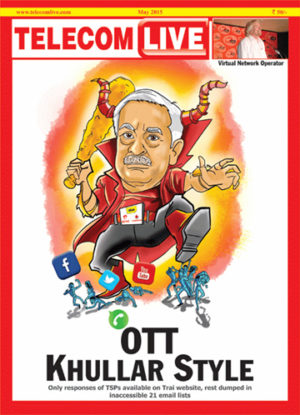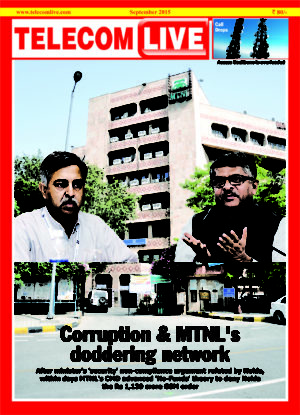On March 20, 2017, Vodafone and Idea decided to merge and came up as the number one company in terms of subscribers and revenue market share. This merger took place barely six months after Reliance Jio launched its services. At that point in time, Vodafone Idea had 39.5 crore subscribers, Bharti came second at 32 crore while the newest player, Reliance Jio had 7.2 crore. Vodafone’s revenue share was 40.7 per cent. Based on these figures it made fine projections to its shareholders.
Three years down the line, the script has gone totally awry. Vodafone Idea has been in doldrums for some time now. It has slipped badly. In the 9 months period of FY20, it has lost six crore subscribers. Its market cap has slid sharply from Rs 35,152 crore in March 2017 to Rs 9,511 crore as of now in March 2020.
Vodafone Idea was losing customers and it made no efforts to beat back or even withstand competition. On the other hand, Bharti Airtel ramped up 4G network and retained its high value customers. It saw a massive jump in its market cap: from Rs 139,499 crore in March 2017 to Rs 283,225 crore in March 2020. The gain in m-cap in the last 3 years is to the tune of Rs 143,726 crore. The total AGR demand from Bharti Airtel is of Rs 35,586 crore (Rs 21,682 crore towards license fee and Rs 13,904 crore towards spectrum usage charges or SUC).
The shrillest campaigner for bailout has been Vodafone Idea and its pleas have to be seen in the context of its bad performance and consumer loss. However, it has successfully spun a financial woe narrative inflicted by an AGR demand. The DoT encourages them by tacitly supporting their drive for imposition of floor-tariff; it is an issue on which Trai has invited suggestions. The Competition Commission of India has opposed the idea of a floor tariff on several grounds: it is profit assurance for TSPs, it would disincentivize service improvements, it would benefit inefficient players and TSPs could cartelize on price strategies. Niti Ayog has also opposed it on similar grounds and added that floor tariff would deter new entrants and innovation.
Telcos have been raising tariffs, ARPUs are on the rise. But, the chorus of Save Vodafone is as high as ever.
What is equally baffling is why did the DoT after fighting the telcos for 14 years and getting a favourable verdict from the Supreme Court over AGR dues did a U-turn, why did it issue a no-coercive letter over dues collection just hours before the deadline to be complied with. These are questions which have to be answered. The February 14, 2020 order of the Supreme Court shows the DoT in a very poor light.




